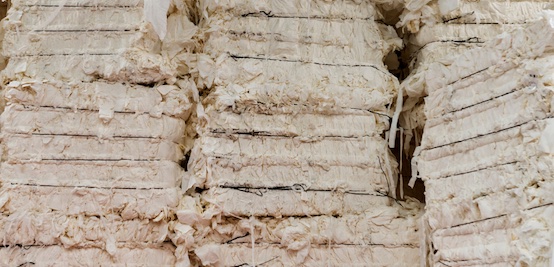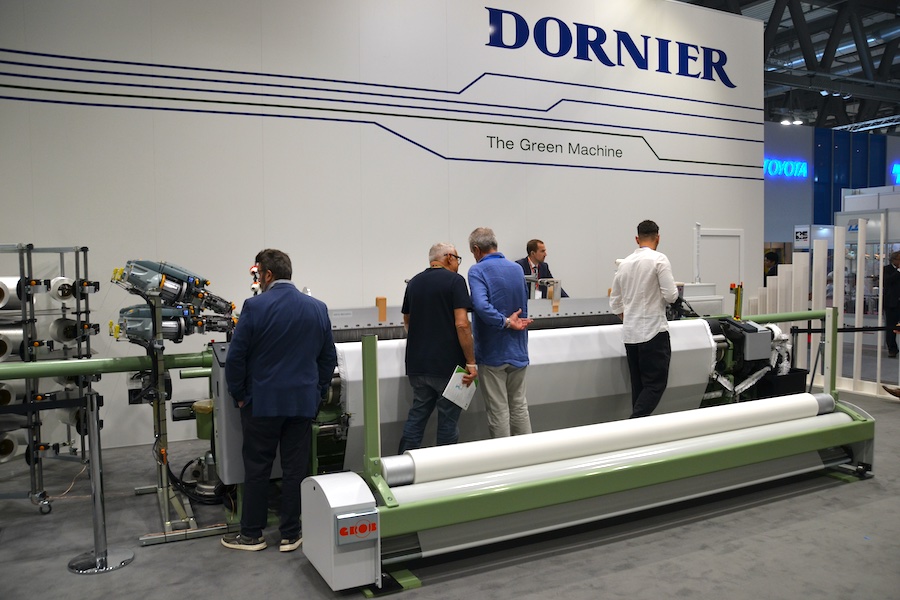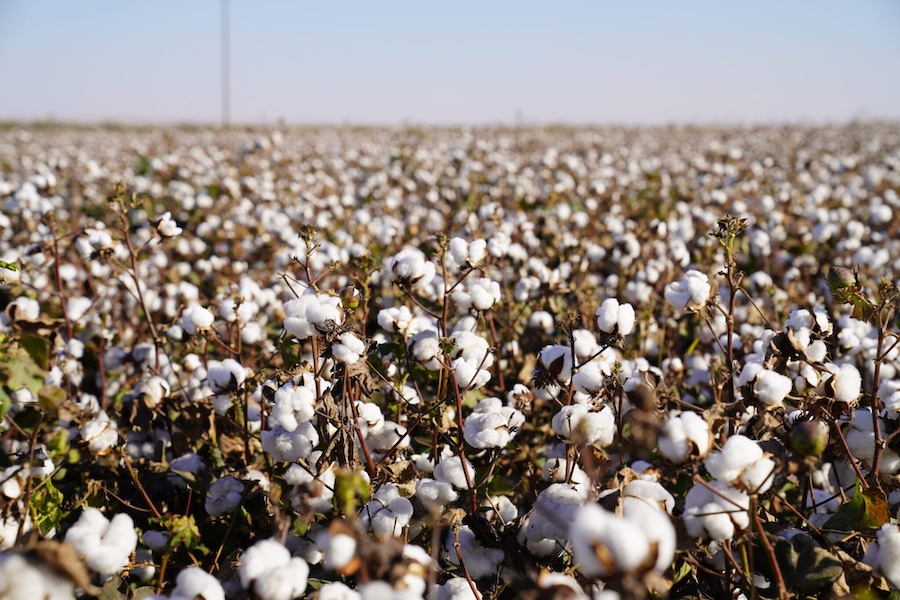#Market Analysis & Forecasts
Worldwide Polymer Industry to 2030 - Rising use of biopolymers among others
Due to a growing emphasis on a higher fuel economy, heavy materials, such as glass and metals, are being replaced by lighter variants, including polycarbonate (PC), in the automotive industry. As a result, the global polymer market size is expected to increase from $533.6 billion in 2019 to $838.5 billion by 2030, at a 5.1% CAGR between 2020 and 2030. This is because PC and other polymers have excellent electrical, mechanical, insulating, optical, and chemical properties, as well as a high strength-to-weight ratio and elasticity and corrosion resistance.
With time, almost 30% of all automotive components are now being made from polymers. Moreover, with the rising demand for electric vehicles, the polymer market will grow further, as these materials are used to make lightweight battery packs. As a result of the growing concerns regarding air pollution, the need for lightweight vehicles, preferably electric variants, is driving the demand for polymers.
During the COVID-19 crisis, automotive plants across the world were shut down, in compliance with government mandates. This drastically reduced the demand for various raw materials, thus affecting the polymer market negatively. However, the demand for these materials in the food processing, packaging, pharmaceutical, and personal care sectors remained strong, as these industries are considered essential, therefore continued to operate during the pandemic.
The thermoplastics category, based on type, held the largest share in the polymer market in the past. The cost efficiency, high mechanical strength, and manufacturing ease of thermoplastics have made them vastly popular in the food packaging, construction, textile, automotive, and home appliance industries.
In the coming years, the polyethylene (PE) category, under the base material segment, will witness the highest value CAGR in the polymer market, of 5.6%. PE accounts for a high-volume consumption in the production of tubing products, packaging products, bottles, connectors, and plastic surgical implants, as a result of its high flexibility, stability, heat resistance, and impact resistance.
Packaging is projected to continue being the largest category in the polymer market, under segmentation by application, throughout this decade. As polymers offer protection, appreciable flexibility, and high shock, vibration, and surface abrasion resistance to products, they are replacing conventional packaging materials.
Presently, Asia-Pacific (APAC) is the most-productive polymer market, and it is also set to grow the fastest in the years to come. The expansion of the construction, automotive, agriculture, packaging, textile, and electronics & electrical industries is propelling the consumption of numerous polymeric materials in the region. Among the most-significant applications of polymers in APAC are the production of battery parts, flexible bottles, bearings, film wrapping, cams, gears, handles, bushings, wire and cable jacketing, anti-corrosion seals, and safety helmets.
Market Dynamics
Trends
Growing focus on product recycling and sustainable environment
Drivers
Increased replacement of conventional materials in automotive sector
Increased use of smart polymers
Impact analysis of drivers on market forecast
Restraints
Stringent government regulations
Fluctuating cost of raw materials
Impact analysis of restraints on market forecast
Opportunities
Rising use of biopolymers
Companies Mentioned
Dow Inc.
Evonik Industries AG
Royal DSM
Eastman Chemical Company
Covestro AG
Mitsui Chemicals Inc.
Exxon Mobil Corporation
BASF SE
Clariant International Limited
Huntsman Corporation
For more information about this report visit:
https://www.researchandmarkets.com/r/j3x3h2














